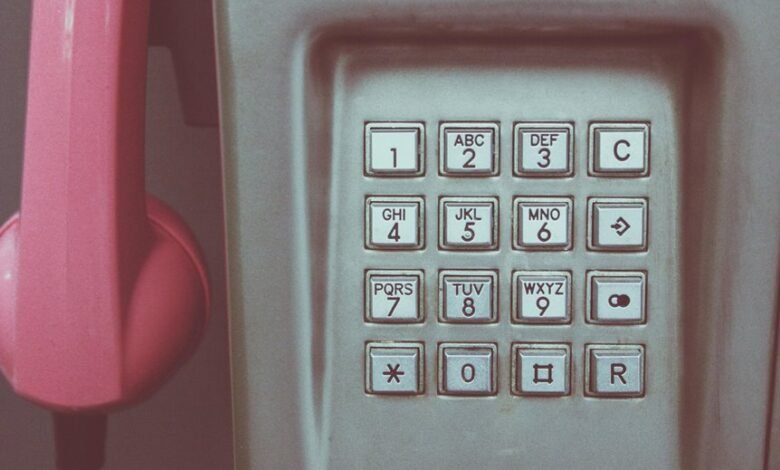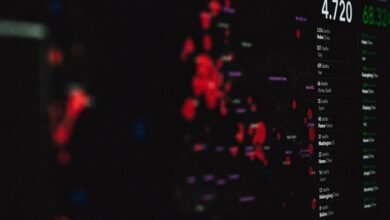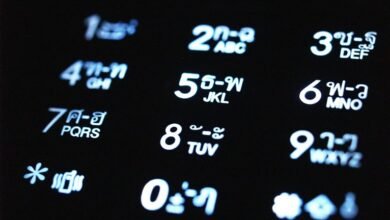See Who’s Behind 8042939815, 18665374153, 8336561121, 8652914809, 8322379585, 8446482043

The numbers 8042939815, 18665374153, 8336561121, 8652914809, 8322379585, and 8446482043 have sparked concerns regarding their origins. Caller identification apps and reverse phone lookup services offer a pathway to uncover the identities behind these calls. Understanding who is on the other end can significantly impact privacy and security. However, the implications of these calls extend beyond mere identification, raising questions about the broader landscape of telemarketing and potential scams.
Identifying Unknown Callers: Tools and Resources
Identifying unknown callers has become increasingly important in today’s communication landscape, where unsolicited and potentially harmful calls are prevalent.
Caller identification apps and reverse phone lookup services serve as vital tools for individuals seeking to reclaim their privacy. These resources empower users to discern legitimate contacts from potential threats, fostering a sense of security and autonomy in an era fraught with telephonic intrusions.
Understanding Common Types of Unwanted Calls
Unwanted calls can be categorized into several common types, each posing unique challenges to recipients. These include telemarketing, robocalls, and scams, often circumventing spam call detection systems.
Caller ID verification can sometimes mislead users, presenting legitimate numbers as trustworthy. Understanding these categories is crucial for individuals seeking to maintain their privacy and autonomy in an increasingly intrusive telecommunication landscape.
Tips for Managing and Protecting Against Unwanted Telemarketing Calls
Managing unwanted telemarketing calls requires a strategic approach to minimize disruption and safeguard personal information.
Utilizing call blocking features in phone settings can significantly reduce the volume of intrusive calls. Additionally, registering with the National Do Not Call Registry may help.
Users should remain vigilant, avoiding sharing personal details with unknown callers, thereby ensuring greater control over their communication landscape.
Conclusion
In a world inundated with incessant ringing from mysterious numbers, the quest to unveil the identities behind 8042939815, 18665374153, 8336561121, 8652914809, 8322379585, and 8446482043 becomes paramount. Employing caller identification apps and reverse phone lookup services transcends mere convenience; it emerges as a critical shield against the relentless tide of telemarketing onslaughts and potential scams. Thus, embracing these tools is not merely advisable, but an essential stratagem for safeguarding one’s personal sanctum in an ever-encroaching digital landscape.





